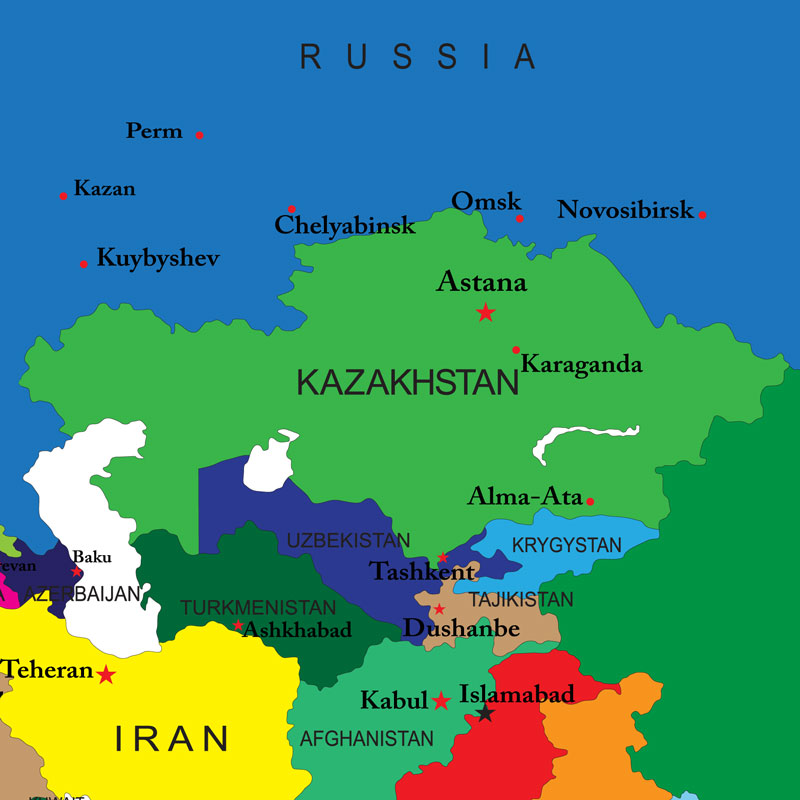[ultimate_heading main_heading=”Kazakhstan” main_heading_color=”#ffffff” main_heading_style=”font-weight:bold;” main_heading_font_size=”desktop:60px;tablet:48px;tablet_portrait:36px;mobile_landscape:36px;mobile:30px;” el_class=”country-title” main_heading_margin=”margin-top:0px;margin-bottom:0px;”][/ultimate_heading]
 Kazakhstan, a Central Asian country and geographically the largest of the former Soviet republics, excluding Russia , extends from the Caspian Sea in the west to the Altai Mountains an borders with China, Russia, Turkmenistan, Uzbekistan and Kyrgyzstan. Following a brief period of independence after the fall of the Russian Empire in 1917, Kazakhstan turned to be a part of the USSR in 1920.
Kazakhstan, a Central Asian country and geographically the largest of the former Soviet republics, excluding Russia , extends from the Caspian Sea in the west to the Altai Mountains an borders with China, Russia, Turkmenistan, Uzbekistan and Kyrgyzstan. Following a brief period of independence after the fall of the Russian Empire in 1917, Kazakhstan turned to be a part of the USSR in 1920.
In 1990, Kazakhstan declared its sovereignty on its territory as a republic within the Soviet Union. It declared independence in 1991, becoming the last Soviet republic to break out of the Union. It possesses substantial fossil fuel reserves and other minerals and metals, such as uranium, copper, and zinc. It also has a large agricultural sector featuring livestock and grain.
Kazakhstan is a dominant-party presidential constitutional republic, its capital is Astana, population – 18,5 million (66.48% – Kazakh, 20.61% Russian).

